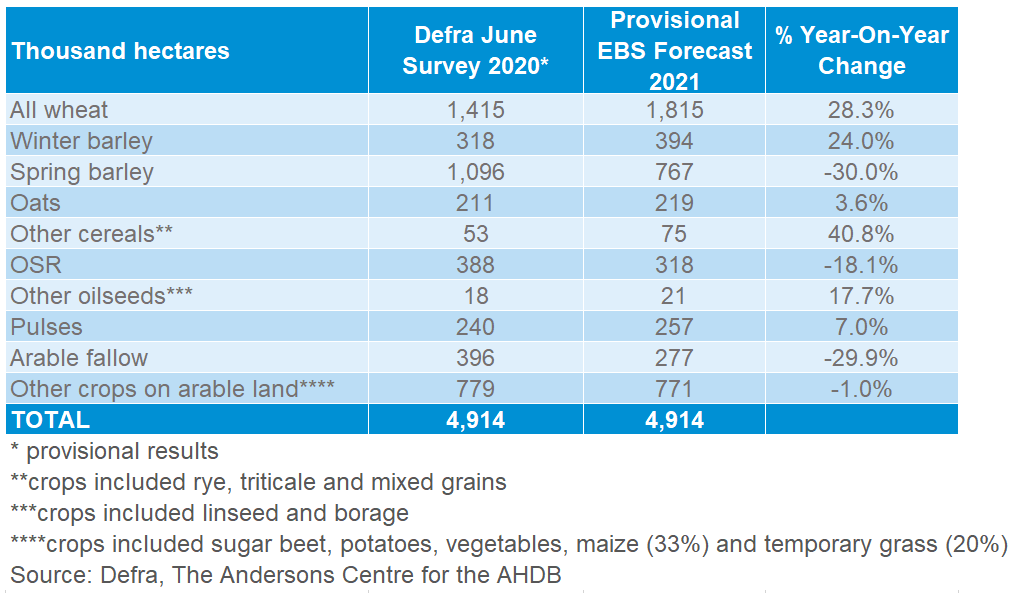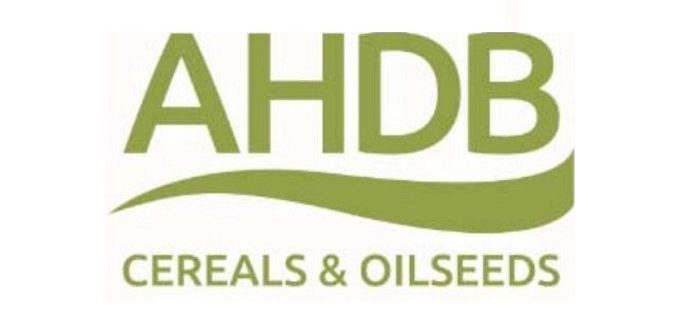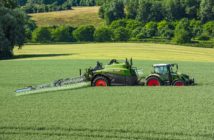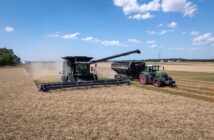Oilseed rape (OSR) plantings have fallen to their lowest level since 1986 at 318,000 hectares, according to AHDB’s Early Bird planting survey.
The UK OSR area continues its decline, accelerated by tough weather conditions and crop losses last year, as growers show caution about its economic viability and pest prevalence.
Better drilling conditions this autumn have led to a resurgence in winter wheat plantings compared to last year. The area earmarked for wheat sits at 1.815 million hectares, up 28.3 per cent on last year but in line with the five-year average of 1.802 million hectares (2015-19).
Winter barley has also seen an increase in intended area after poor weather in late 2019 led to a widespread switch to spring cropping. This season, an estimated 394,000 hectares is intended for winter barley, up 24 per cent year on year. Equally, the area intended for spring barley has fallen by 30 per cent on last year to 767,000 hectares, which is slightly above the five-year average of 711,000 hectares (2015-19).
The drop in OSR has resulted in a growth in other break crops, with oats continuing to increase by 3.6 per cent. Other cereals, such as rye, triticale and mixed grains, are seen to be increasing by 40.8 per cent and pulses by 7 per cent.
 AHDB analyst Anthony Speight said: “Drilling has reportedly gone significantly better than last year, when many growers struggled to get crops in the ground due to wet conditions. As a result of more favourable weather this autumn, we have seen significant year-on-year rises in planted area across winter cereals.
AHDB analyst Anthony Speight said: “Drilling has reportedly gone significantly better than last year, when many growers struggled to get crops in the ground due to wet conditions. As a result of more favourable weather this autumn, we have seen significant year-on-year rises in planted area across winter cereals.
“The exception is oilseed rape which continues to decrease, with many growers challenged by the threat of cabbage stem flea beetle, but this has led to some more niche crops gaining ground.”




